Understanding the Importance of Boxes in Shipping
When it comes to shipping goods, the importance of boxes cannot be overstated. They serve as the fundamental unit of packaging, ensuring that items are protected during transit, making a significant difference in the shipping process. This article delves into various aspects of shipping boxes, their different uses, sustainability concerns, and more, offering valuable insights for businesses and individuals alike.
The Role of Boxes in Secure Shipments
Boxes are designed to safeguard contents from physical damage, humidity, and exposure to environmental factors. A well-constructed box can absorb shocks from impacts, helping to maintain the integrity of the products inside. The choice of box can prevent damage, thereby minimizing costs associated with returns, replacements, and customer dissatisfaction.
Moreover, boxes vary in construction and design, offering different levels of protection based on the nature of the items being shipped. For instance, fragile items may require double-walled boxes, while others may be safe in single-walled containers. By understanding these distinctions, businesses can reduce loss and enhance customer trust.
Box Varieties and Their Uses
There is a multitude of box types available on the market, each engineered for specific uses. Here are some notable varieties:
- Regular Slotted Container (RSC): Commonly used for shipping a variety of products, RSC boxes can be found in many sizes and strengths.
- Die-Cut Boxes: Customized boxes specifically shaped to fit the contents perfectly. They offer exceptional protection and are often used for unique or awkwardly shaped items.
- Mailer Boxes: These are perfect for smaller items and often come with built-in flaps for easy sealing.
- Heavy-Duty Boxes: Suitable for shipping heavier items, these boxes are made from thicker materials and offer extra strength.
Understanding the inherent advantages and appropriate applications for different box types can enhance packaging efficiency, ensuring that products arrive safely and in excellent condition.
Environmental Considerations in Packaging
Sustainability has become a critical aspect of packaging, reshaping how companies approach their shipping solutions. The impact of packaging waste on the environment has led to increased scrutiny from consumers and regulators alike.
Many companies are now opting for recyclable or biodegradable boxes, supporting initiatives to reduce landfill waste. The trend towards eco-friendly packaging materials also extends to the use of soy-based inks and adhesives, further minimizing the environmental footprint. Additionally, innovative designs that reduce material usage while maintaining protective qualities can significantly contribute to sustainability goals.
Choosing the Right Boxes for Your Business
Finding the right box can substantially affect your shipping costs, product safety, and customer satisfaction. The following factors should be carefully considered when selecting boxes.
Factors to Consider When Selecting Boxes
Several factors influence the selection of boxes for shipping:
- Weight and Size of Product: Evaluate the dimensions and weight of your items to determine the appropriate box size and strength needed.
- Shipping Method: Different carriers have varying requirements, and the box must meet these standards to avoid additional fees or shipping delays.
- Product Fragility: Assess whether your products are fragile and require protective packaging.
- Cost: Balance the need for protection with budget constraints; finding cost-effective solutions is essential for profitability.
Common Box Sizes and Their Applications
When selecting boxes, understanding the common sizes available can streamline the packaging process. Here are some standard sizes and their typical applications:
- 12” x 12” x 12”: Ideal for smaller items or up to four pairs of shoes.
- 14” x 14” x 14”: Suitable for medium-sized electronics and small appliances.
- 16” x 16” x 16”: Commonly used for bulk orders of clothing or other lightweight items.
- 24” x 24” x 24”: This size is often used for larger goods like furniture parts or extensive retail stock.
By utilizing the right box size, you can maximize shipping efficiency and avoid extra costs related to dimensional weight pricing.
Cost-Effective Box Solutions for Startups
Startups often operate under tight budgets, making the selection of cost-effective packaging solutions essential. Here are steps to identify economical box options:
- Bulk Purchasing: Buy boxes in bulk to benefit from wholesale discounts. This practice can significantly lower per-unit costs.
- Explore Second-Hand Options: Many businesses dispose of unused boxes. Sourcing seconds or surplus can be a budget-friendly solution.
- Optimize Box Size: Avoid oversized boxes which require more material and may incur higher shipping fees.
Employing these strategies can help startups manage their packing expenses while ensuring that their products are delivered securely.
Innovative Box Designs and Materials
The box manufacturing sector has seen advances in design and materials, allowing businesses to elevate their branding and shipping efficiency.
Durable Materials for Heavy-Duty Shipping
For businesses shipping heavy items, opting for durable materials is vital. Some key materials include:
- Double-Walled Corrugated Boards: These provide additional strength and are ideal for bulk shipments or heavier products.
- Fluted Polypropylene: Unlike cardboard, this material is water-resistant and offers superior strength for heavy-duty applications.
- Wooden Crates: While more expensive, wooden crates provide exceptional protection for high-value items, making them an excellent choice for delicate or expensive shipments.
Eco-Friendly Boxes: A Sustainable Choice
Incorporating sustainability into packaging efforts is no longer just an ethical responsibility but also a competitive advantage. Eco-friendly boxes are made from recycled materials, reducing the overall environmental impact. Companies can also partner with eco-certification organizations to enhance their credibility in sustainability claims, appealing to increasingly environmentally conscious consumers.
Custom Box Solutions for Branding
Custom boxes not only serve the functional purpose of packaging but also provide an excellent platform for branding. Businesses can incorporate distinctive color schemes, logos, and messaging into their custom box designs, enhancing brand recognition and creating a memorable unboxing experience for customers. This practice can significantly improve customer loyalty and satisfaction.
Best Practices for Packing and Shipping with Boxes
Once you’ve chosen the right boxes, applying best packing and shipping practices is essential for ensuring the safety and security of your products.
How to Properly Pack Your Boxes
Effective packing can prevent damage during transit. Here are some best practices:
- Use Ample Cushioning: Employ packing peanuts, bubble wrap, or foam inserts to cushion fragile items. Make sure to fill any empty spaces to prevent shifting.
- Seal Boxes Securely: Use heavy-duty packing tape to seal boxes, ensuring they remain intact throughout the shipping process.
- Label Boxes Appropriately: Clearly marking fragile items helps handlers give them the special care they need.
Labeling Your Boxes for Efficient Delivery
Efficient labeling is crucial for minimizing delays in delivery. Each box should have clearly printed labels that include:
- Destination address
- Return address
- Tracking number
- Any special handling instructions
Tracking Shipments: The Key to Customer Satisfaction
With consumers expecting real-time updates on their orders, incorporating tracking features is essential. Providing customers with tracking numbers allows them to follow their shipments, enhancing their overall shopping experience and reducing support queries regarding order status.
Measuring the Impact of Box Efficiency on Your Business
Analyzing the effectiveness of box utilization can provide critical insights into areas for improvement.
Analyzing Shipping Costs vs. Packaging Choices
Evaluate how various packaging options impact shipping costs. This can be achieved through analyzing weight, dimensions, and carrier-specific pricing algorithms. By assessing costs associated with different box types, businesses can identify opportunities for savings.
Customer Feedback on Packaging Experience
Collecting customer feedback regarding packaging can illuminate areas for improvement. Implement surveys or follow-up requests for customers to share their experiences. This insight can guide the packaging decision-making process, from box material choices to branding strategies.
Innovations in the Box Industry and Future Trends
The shipping and packaging industry continues to evolve with innovations in technology and materials. Notable trends include smart packaging solutions, featuring embedded QR codes for interactive packing experiences, and the rise of advanced materials that offer both durability and recyclability. Staying abreast of these trends can provide businesses with competitive advantages, positioning them as leaders in sustainable and effective shipping practices.
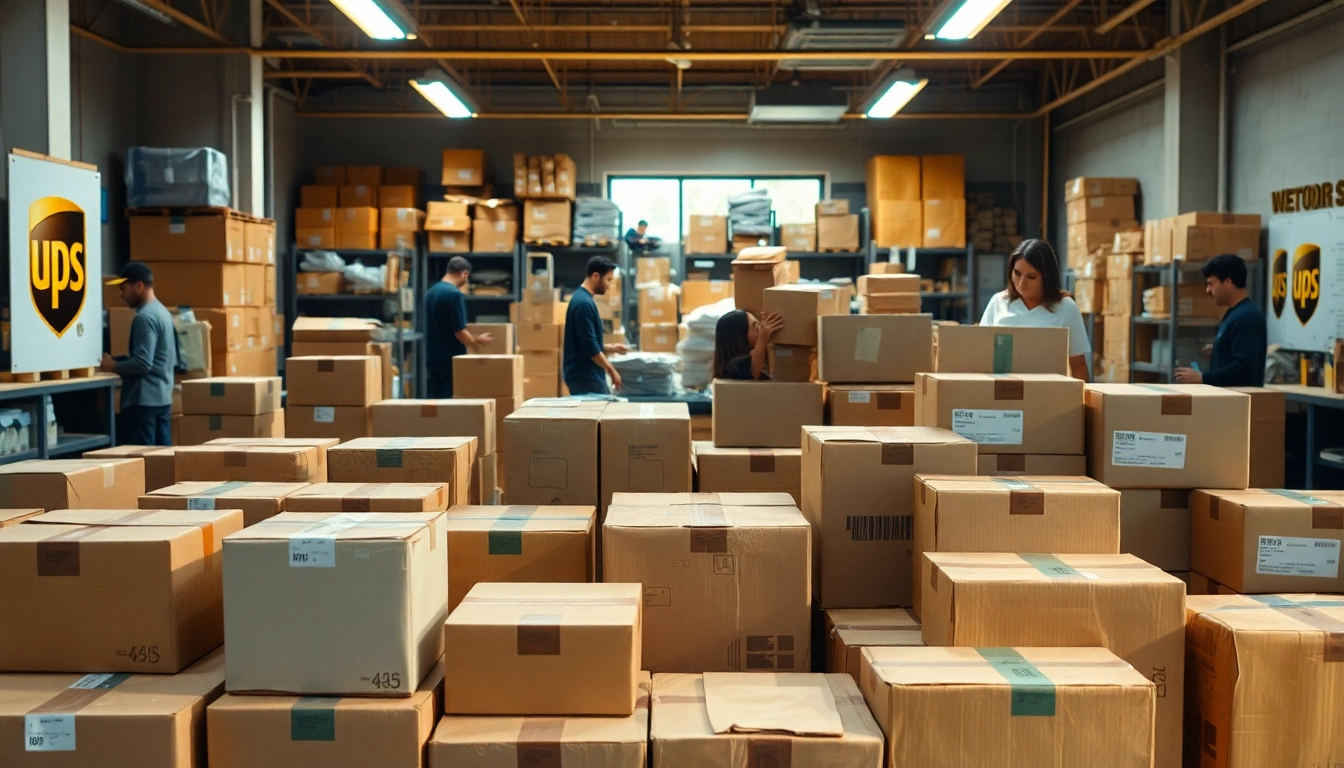



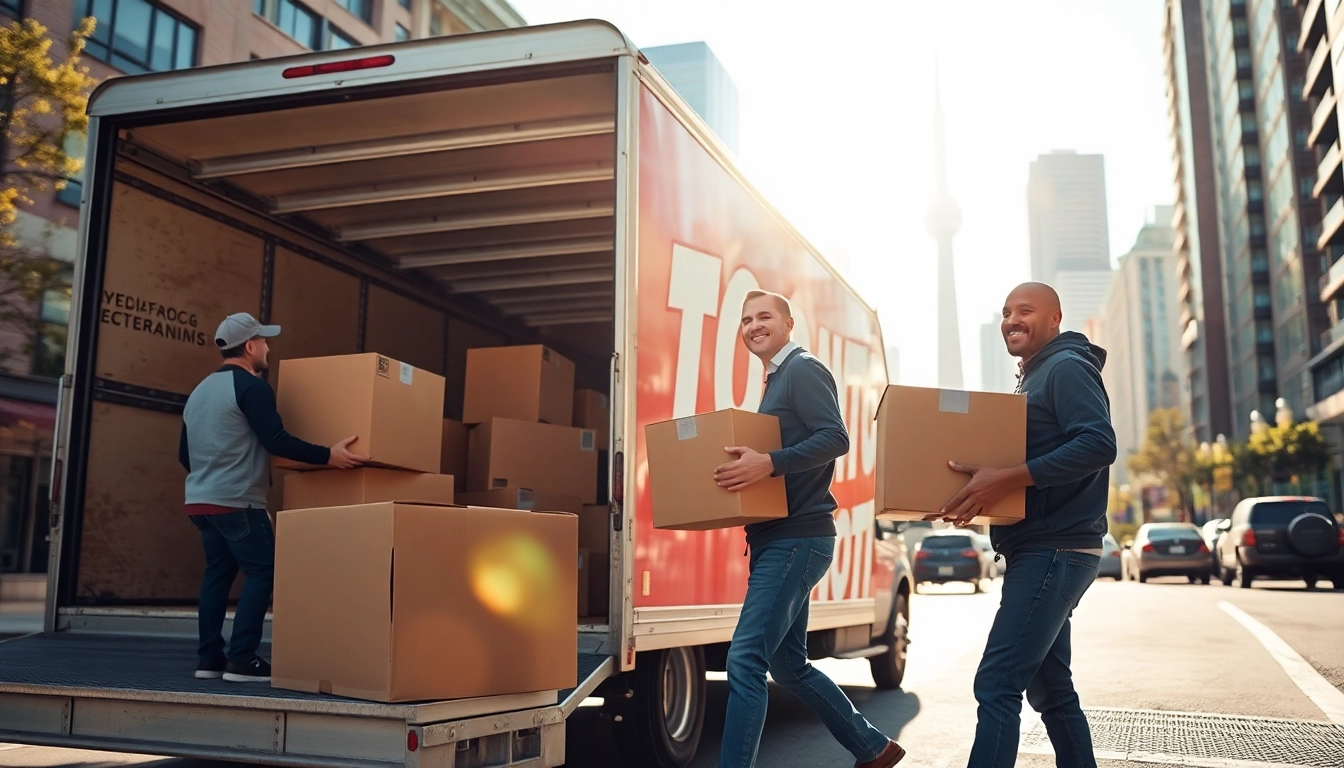
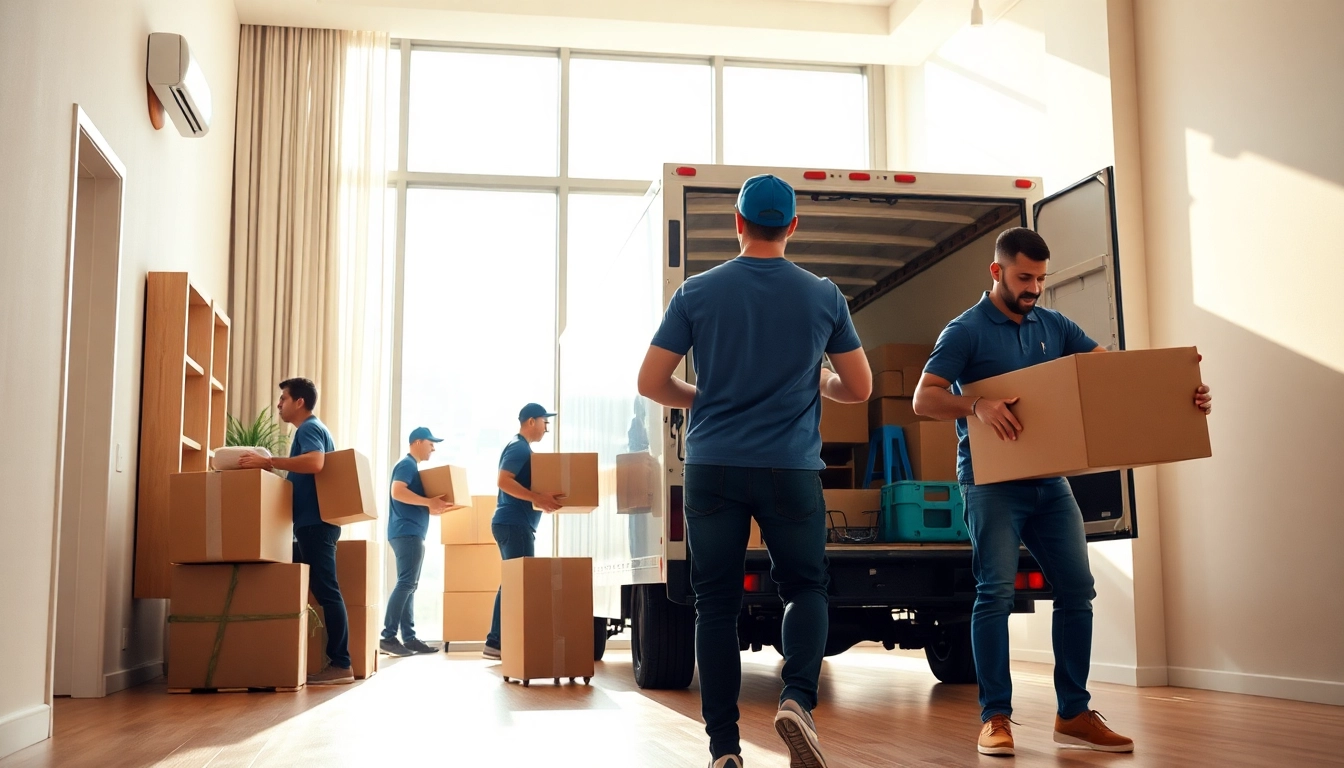
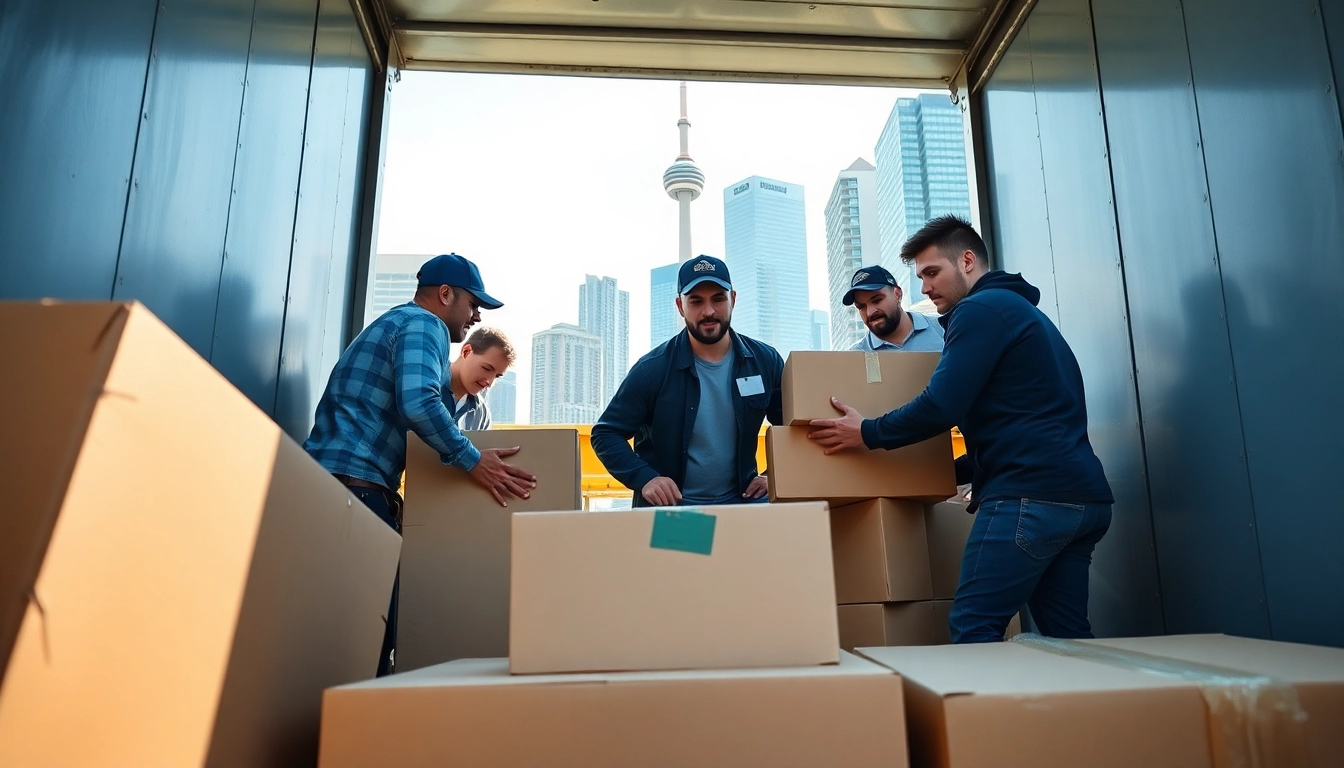





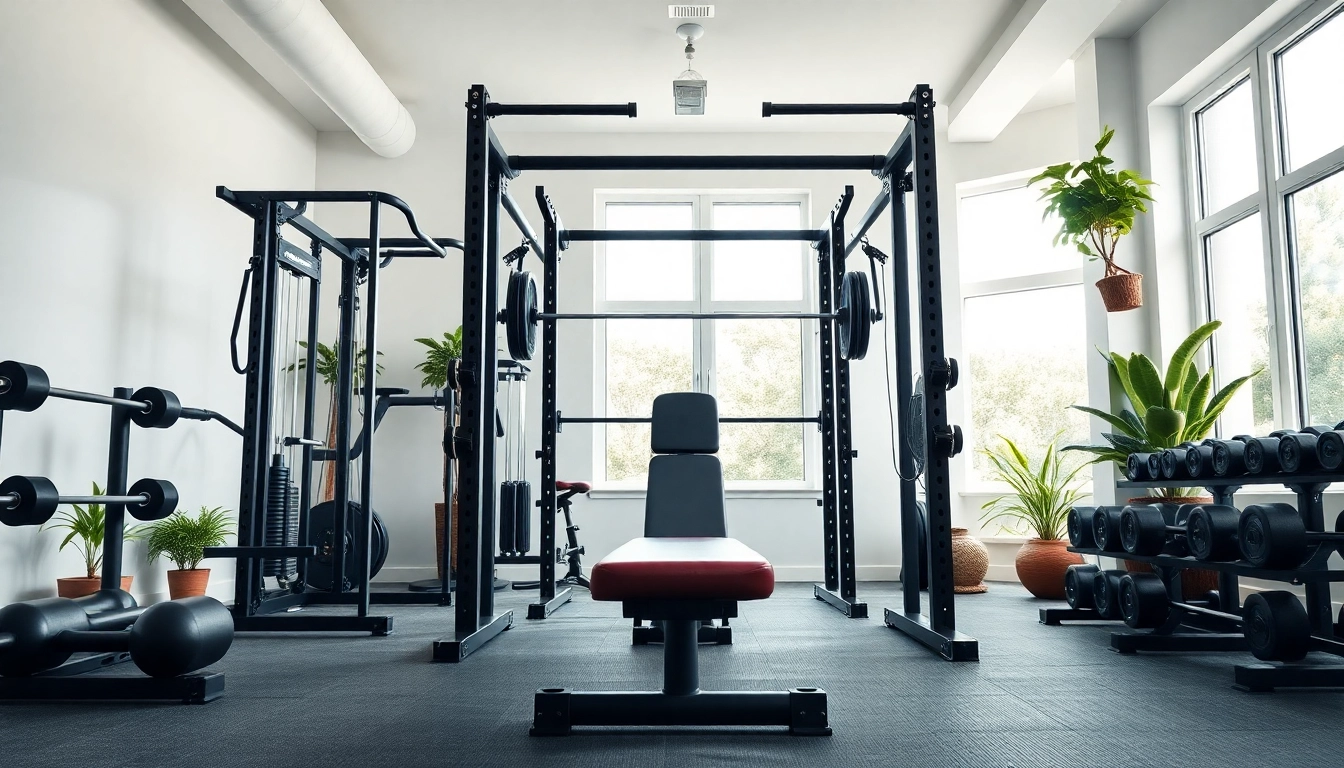


Leave a Reply